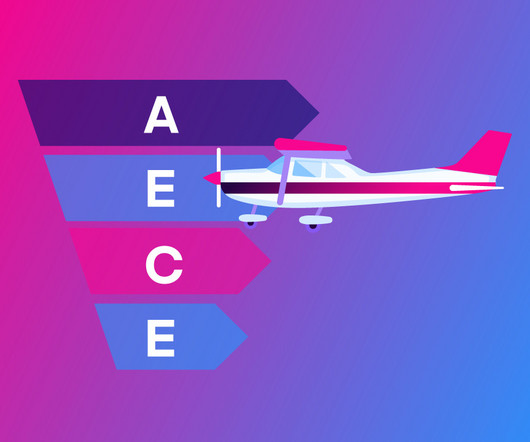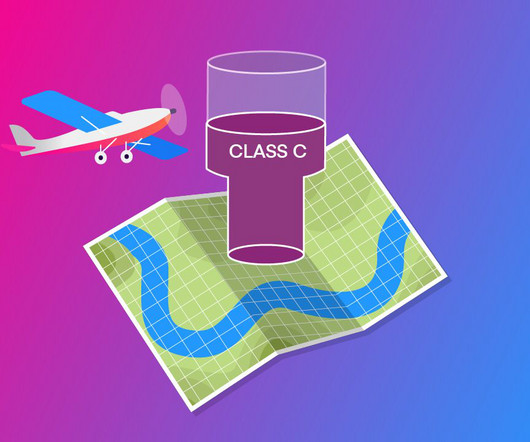Class E Airspace Explained
Pilot Institute
OCTOBER 2, 2024
Key Takeaways Class E airspace is the most common controlled airspace in the United States. No ATC clearance is required for VFR flights below 10,000 feet. Introduction to Class E Airspace Class E airspace is the most common type of controlled airspace.











Let's personalize your content